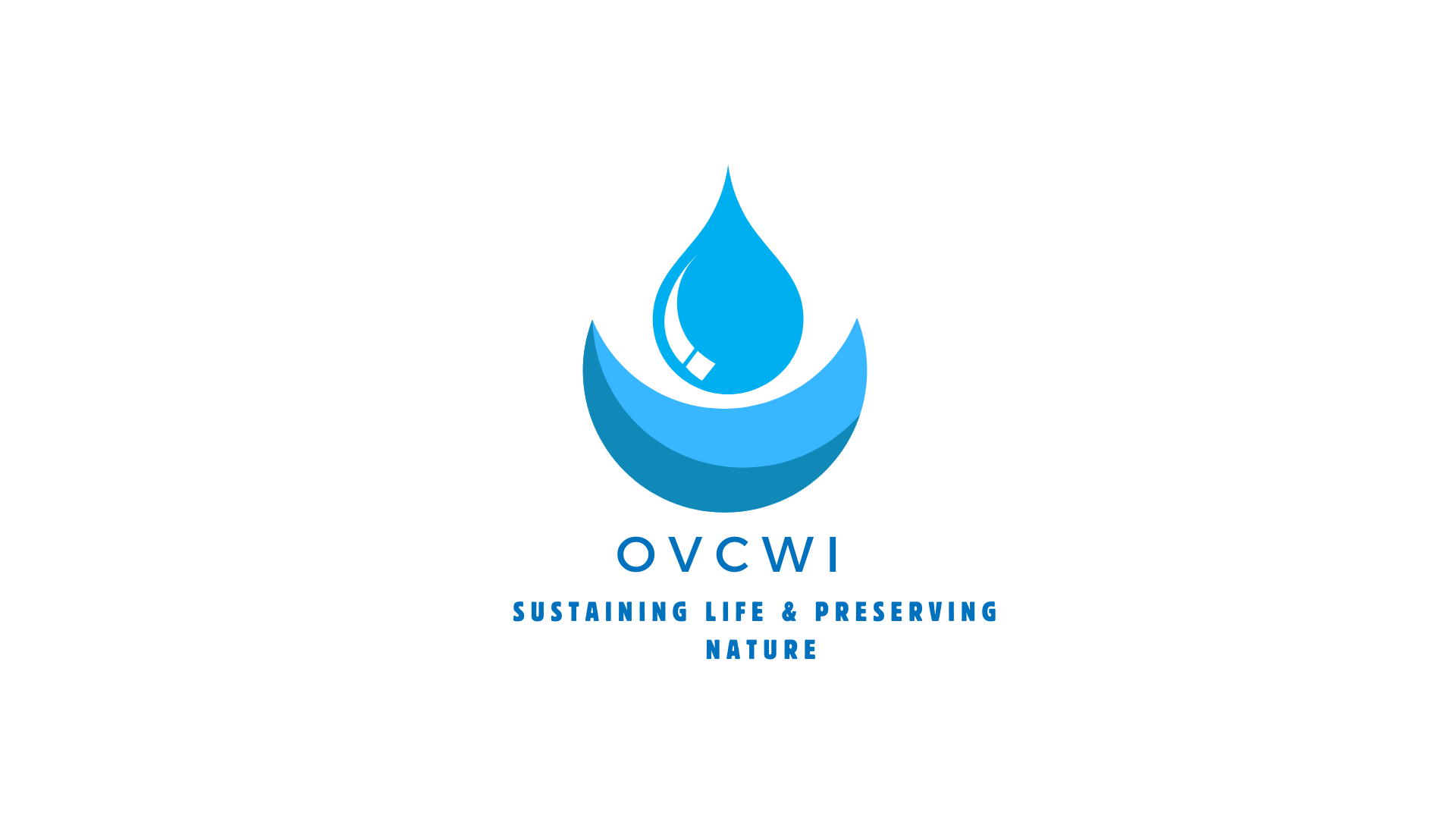The cost of constructing ponds in the Omo Valley area for rainwater harvesting can vary depending on factors such as the size and depth of the pond, the type of soil and terrain, and the location and availability of resources. However, on average, the cost of constructing a pond for rainwater harvesting can range from $2,000 to $10,000. This estimate includes the cost of materials, labor, and equipment. The cost can also be affected by the use of traditional or modern construction techniques, as well as the involvement of local communities in the construction process. Additionally, ongoing maintenance and management of the pond may also be required, adding to the overall cost.
The number of ponds in the Omo Valley of Ethiopia is not readily available, as ponds may be constructed and maintained by individual farmers or communities rather than by government organizations. However, various NGOs and government agencies may also be involved in promoting and supporting pond construction in the region.
The Omo Valley is an arid and semi-arid region, where water resources are often limited. In such areas, the construction of small-scale ponds can be beneficial for both humans and the environment. Ponds can provide a source of water for domestic and agricultural use, as well as for livestock. They can also help to recharge groundwater and support biodiversity by providing habitats for various plants and animals.
In addition, pond farming can be a sustainable and relatively low-cost option for increasing food production and generating income for local communities. Ponds can support the cultivation of various freshwater species, such as fish, shrimp, and aquatic plants, which can be used for food or marketed for additional income.
Overall, while the exact number of ponds and the extent of their benefits in the Omo Valley may vary, constructing and maintaining ponds can be a beneficial practice for the region. As a result, there is a lot of potential for pond construction to improve the livelihoods of people in the Omo Valley region and contribute to sustainable development in the area.
Discover more from Omo Valley Clean Potable Water Initiatives
Subscribe to get the latest posts sent to your email.




